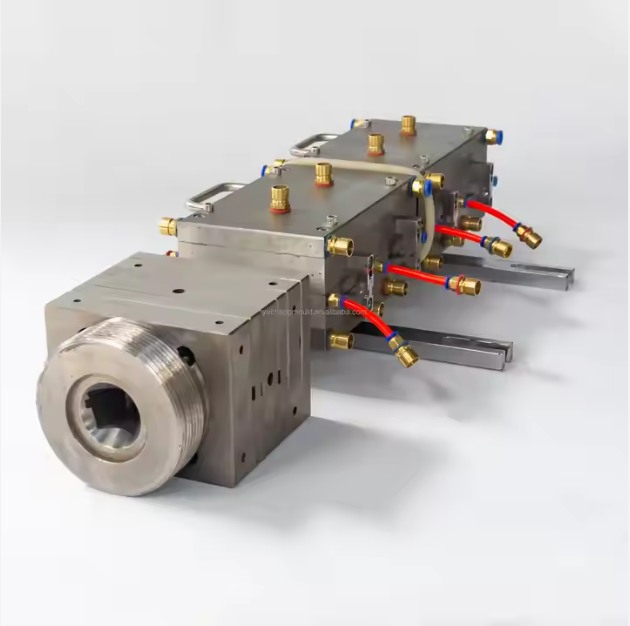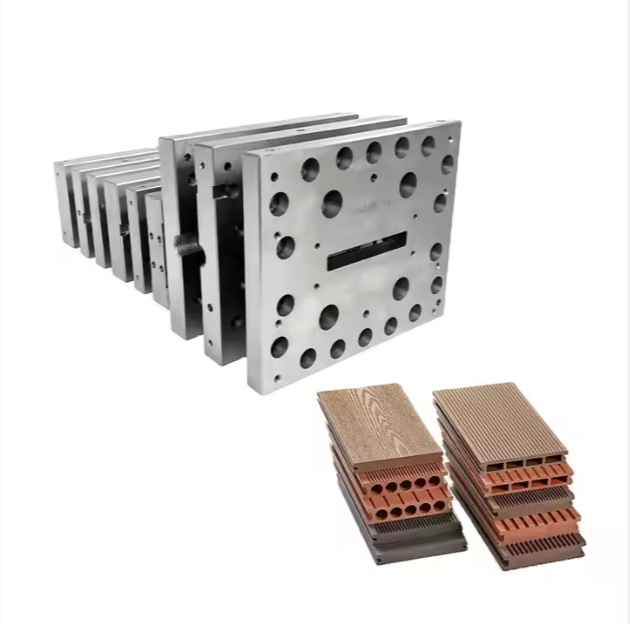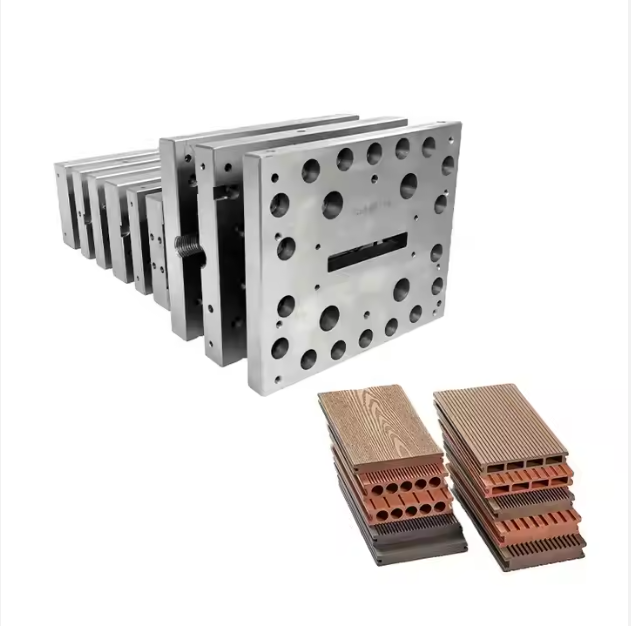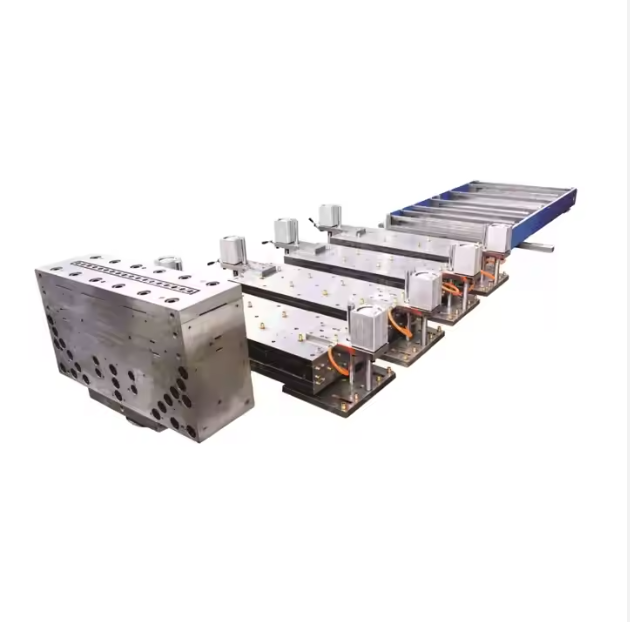WPC vs PVC Extrusion: What's the Difference and Which One Fits Your Project Better?
If you’ve ever worked on an interior project, built outdoor decking, or designed decorative profiles, you’ve probably come across the terms WPC and PVC extrusion. They might sound similar — both involve plastic extrusion moulds, both produce lightweight panels or profiles — but in reality, they serve very different purposes.
So, how exactly do WPC and PVC extrusion differ? And more importantly, which one should you choose for your next project? Let’s break it down in simple terms.
1. What Are WPC and PVC Extrusions?
WPC stands for Wood Plastic Composite, a hybrid material made by combining wood fibers with thermoplastic resins such as PE, PP, or PVC. It’s often used in decking, doors, and exterior panels because of its wood-like appearance and weather resistance.
On the other hand, PVC extrusion uses pure polyvinyl chloride (PVC) as the main raw material. This process creates smooth, dense, and waterproof profiles — ideal for indoor wall panels, window frames, and foam boards.
Both are made using extrusion moulds, where melted material passes through a die to form a specific shape. The difference lies in what goes inside that mould.
2. The Role of Extrusion Moulds in Both Processes
Whether you’re producing WPC decking or PVC foam panels, the extrusion mould is the key to product quality.
A precise mould ensures stable material flow, uniform foaming, and consistent dimensions.
At Hubei Junhui Mould Co., Ltd., we design custom extrusion moulds for both WPC and PVC applications — from wood-plastic foam moulds to co-extrusion dies for complex multi-layer products. Every mould is fine-tuned to deliver durability and perfect surface finish.
3. Comparing Performance: WPC vs PVC
| Feature | WPC Extrusion | PVC Extrusion |
|---|---|---|
| Material Composition | Wood fiber + plastic | Pure PVC resin |
| Appearance | Natural wood look | Smooth, modern finish |
| Weather Resistance | Excellent for outdoor use | Best for indoor applications |
| Weight | Slightly heavier | Lighter and more flexible |
| Maintenance | Requires periodic cleaning | Easy to maintain |
| Cost | Generally higher | More affordable |
So, if you’re going for that “real wood” outdoor vibe — WPC is your pick. But if you want clean, durable indoor panels — PVC extrusion is your go-to choice.
4. Which One Fits Your Project?
Let’s make it simple:
-
For outdoor decking, fences, or garden walls, choose WPC extrusion moulds. They’re strong, UV-resistant, and have a natural wood-like finish.
-
For indoor ceilings, partitions, or advertising boards, go with PVC foam moulds. They’re light, waterproof, and super easy to install.
Sometimes, companies even combine the two — for instance, using PVC as a base layer and WPC as a decorative top layer, through co-extrusion technology. Pretty smart, right?
5. The Real Value Behind a Good Mould
At the end of the day, no matter what material you choose, the extrusion mould defines your success. A poorly designed mould can cause uneven foaming, surface cracks, or wasted raw materials.
That’s why experienced manufacturers like Hubei Junhui Mould Co., Ltd. focus on precision machining, advanced temperature control, and custom flow channels. Our moulds are used for PVC profiles, WPC boards, foaming panels, and co-extrusion lines, all engineered to maximize efficiency and consistency.
Because a good mould doesn’t just shape plastic — it shapes your brand’s reputation.
Choosing between WPC and PVC extrusion depends on your application, environment, and cost target.
If you want natural texture and outdoor durability — go with WPC.
If you prefer a smooth finish and lightweight indoor use — PVC is your best bet.
Whichever you choose, remember this: a reliable extrusion mould makes all the difference. And that’s exactly what Junhui Mould delivers — innovation, precision, and quality born from over 20 years of professional experience.







